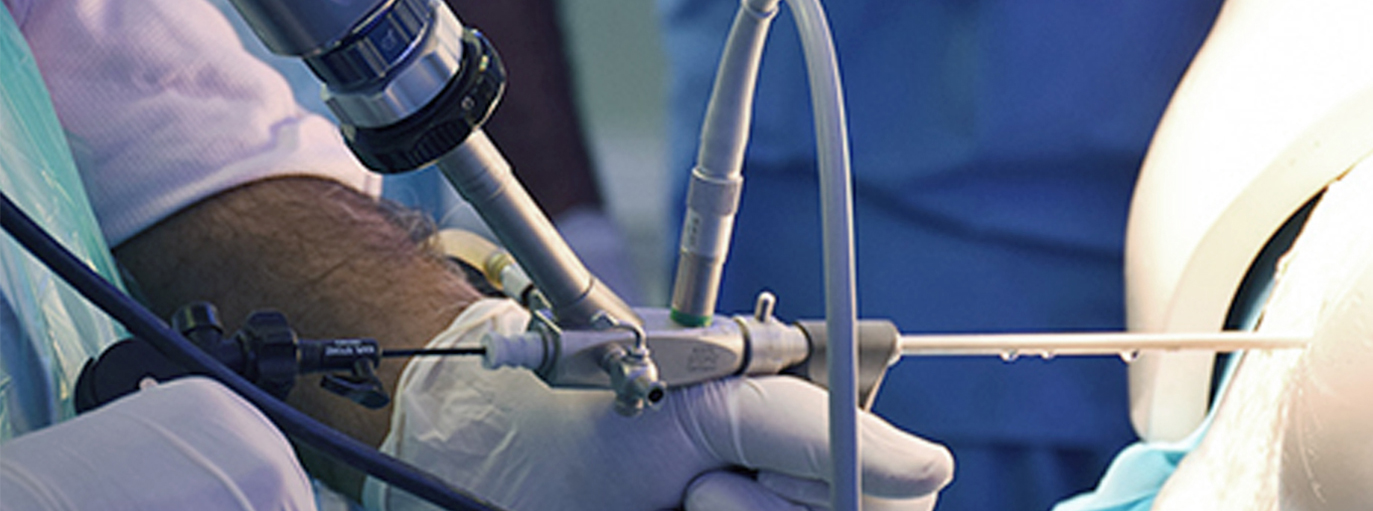Specialities
Fistula in Ano
What is Fistula?
An Anal Fistula can be described as a narrow tunnel with its internal opening in the anal canal and its external opening in the skin near the anus. They commonly occur in people with the history of anal abscess.
Causes of Fistula:
- Anorectic abscess
- Condition causing inflammation of intestine like colitis/li>
- Infection like HIV/TB
- Complication of previous surgeries
Signs & Symptoms:
- Pus fluid discharge
- Itching
- Swelling
- Tenderness
- Diagnosis of fistula
- Brief history
- Clinical evaluation
- Digital examination
- Proctoscopy
- MRI or Fistulogram may be needed in some complicated fistulas

Treatment available at Shree Hospital for Piles:
Conventional:
- Fistulectomy – This is a surgical procedure in which the fistula tract is completely excised. Done under General anesthesia, the fistula tract is
removed and the groove that is left behind to heal. This Procedure Carries with it the risk of damage to the sphincter muscle resulting in fecal
incontinence and is usually reserved as a treatment option for Complex Fistula.
At Shree Hospital, laser is used as an adjunct to Fistulectomy to minimize the risk of damage to the sphincter muscle. Thus, with the added advantage of Laser the chances of post-operative incontinence are negligible.
- Ksharsutra – This is an ancient ayurvedic technique in which a special thread is used to treat the fistula. This thread is coated with ayurvedic preparations and is inserted into the fistula tract. The local irritation caused by the alkaline thread causes chemical cauterization leading to inflammation within the tract. As a result the tract begins to debride. An important action of the Ksharsutra is that it allows continuous drainage of pus and debris from the tract as all the infected material is drained, healing in a clean environment.
Recent:
- FilaC– (Fistula-tract Laser Closure ) This procedure is done using the Lanotrix Laser in Shree Hospital. The aim of the procedure is to gently remove the fistula tract without damaging the sphincter muscle. The procedure is done under short General Anaesthesia and requires about 30-40 minutes. A radially emitting Laser Fibre is inserted from the outside. A defined amount of laser energy is then emitted circumferentially into the fistula tract. The laser energy causes controlled photothermal destruction of the fistula tract causing it to collapse to a high degree. This also helps supports and accelerates the healing process.
- LIFT – LIFT (ligation of inter sphincteric fistula tract) procedure is based on secure closure of the internal opening and removal of infected cryptoglandular tissue through the intersphincteric approach. Essential steps of the procedure include, incision at the intersphincteric groove, identification of the intersphincteric tract, ligation of intersphincteric tract close to the internal opening and removal of intersphincteric tract, scraping out all granulation tissue in the rest of the fistulous tract, and suturing of the defect at the external sphincter muscle. Attention to detail is the key for a favorable outcome.
- IFTAK – An advanced technique of kshara sutra therapy in management of complex fistula-in-ano. IFTAK (Interception of fistulous tract with application of Kshara Sutra) is devised to minimize duration of therapy with minimal post operative scar and problems related to conventional method.
- Fistula plug – The fistula plug is a 100% synthetic bio-absorbable scaffold. This plug is placed in the fistula tract. Over time cells from the body migrate into the scaffold and new tissue is generated as the body gradually absorbs the plug material, leaving no permanent material in the body.
- VAAFT – This is a Video-assisted Anal Fistula Treatment, a novel minimally invasive and sphincter-saving technique for treating complex fistulas.
